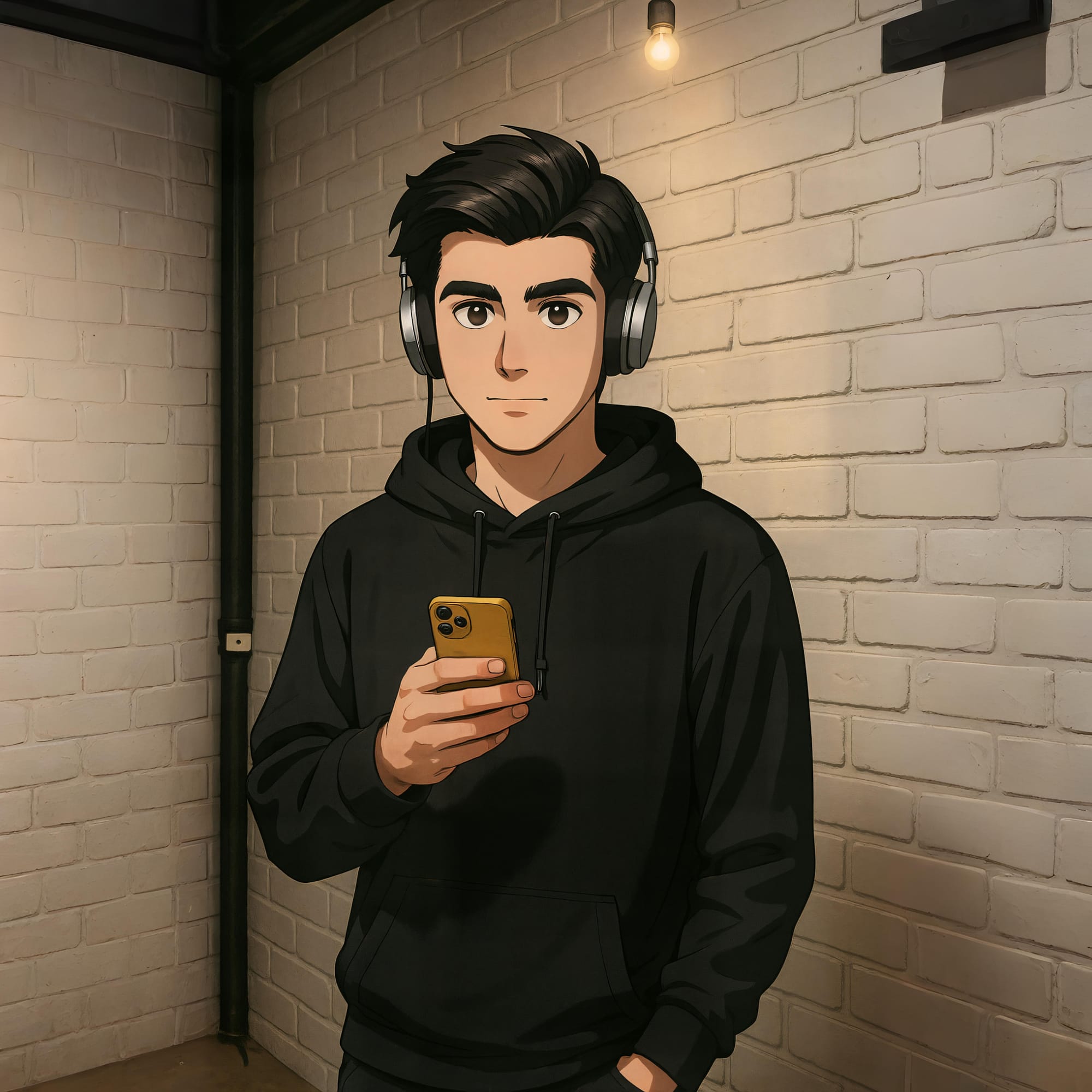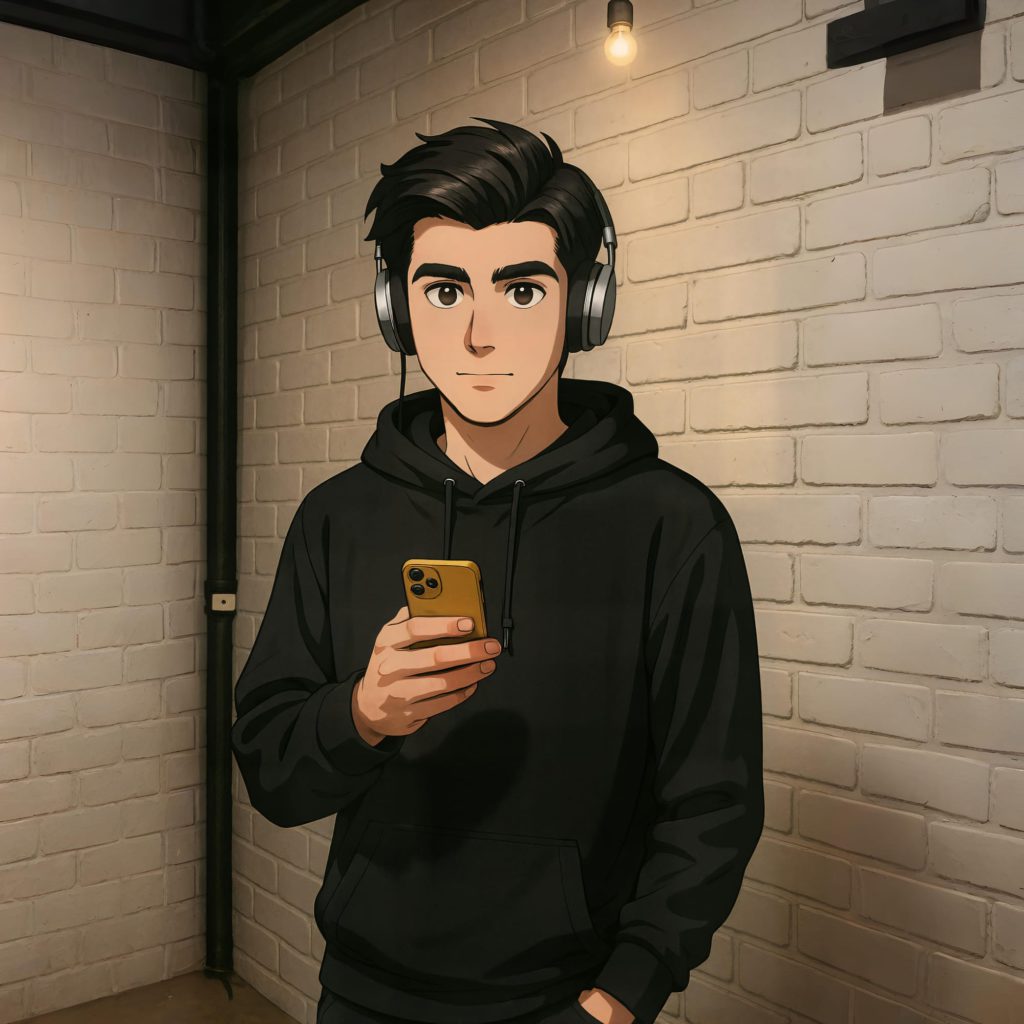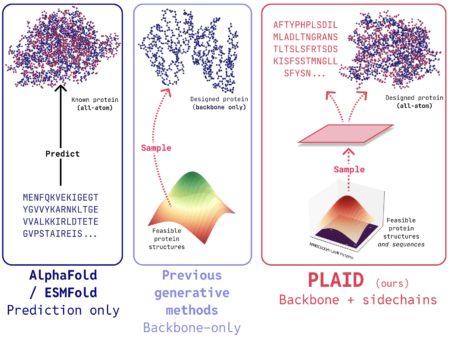
The building didn’t look like much from the outside – just another boxy setup near the edge of a busy IT park. But inside? A different world. A manga world. Desks were decorated with Gundam models. Every Friday, meetings were held in full cosplay. And at exactly 3:33 PM, a bell rang – not for tea, but for “Manga Meditation Hour.”
It was called Manga Office. And yes, that was its actual name on the registration papers. No one questioned it. Not after Mr. Tanaka, the founder, won the “Most Creative Tech CEO” award while dressed as Kakashi.
Even HR used speech bubbles for memos.
And honestly? Nobody wanted to leave.
Meet the Cast (No, Really, They Have Trading Cards)
Every team member had an alter ego. Not as a joke, but as a rule.
- Meena “Sailor Spreadsheet” Rao: An Excel genius with a Sailor Moon obsession. Her macros were legendary. She once automated the entire onboarding process using VBA – and signed off the project email with a GIF of Sailor Mars winking.
- Ravi “Shonen Dev” Iyer: Coder by day, ninja by lunch break. Ravi wore a forehead protector and referred to bugs as “plot holes.” He refused to fix a bug without narrating his thought process aloud – Naruto-style.
- Arjun “Quiet Titan” Shah: Soft-spoken, unreadable, until the weekly brainstorming battles began. Then he’d go full Attack on Titan, slamming ideas down like they were ODM gear-powered swings. His secret power? He read emotions like a seasoned mangaka reads pacing.
Each had a role. Each had a story arc. And like any good manga, things were peaceful… until they weren’t.
The Mystery of the Manga Manuscript
It arrived one morning – unmarked envelope, thick with pages. Meena found it beside the office microwave, tucked under a packet of ramen.
No sender. No clue. Just a title: “Final Volume – Manga Office: The Fall“.
It was eerie. Because Manga Office didn’t have a manga series. At least… not officially.
But when they opened the first page, jaws dropped. It was them. Every employee, every project, every petty fight and awkward elevator moment. All drawn in manga format. With shockingly accurate dialogue and even more accurate hairstyles.
And the ending? The company was destroyed by a character named “The Editor.”
That’s when things got weird.
Reality Starts Feeling… Panel-Like
By Tuesday, Ravi swore his chair spun on its own. On Wednesday, the water cooler dispensed strawberry Ramune. And on Thursday, someone – or something – had doodled new speech bubbles onto the glass walls: “Beware the Final Arc.”
People laughed. Until the weekly stand-up turned into an actual showdown.
Departments stood facing each other like rival clans.
Marketing accused Tech of leaking secrets to “The Editor.” Tech fired back that Marketing had been manipulating the storyline for months – too many dramatic cliffhangers in product updates.
It got heated. Like, “someone threw a plastic kunai” heated.
And then the lights flickered.
Arjun stood up, eyes blazing. “I challenge you to a duel,” he said.
People clapped. Then paused.
Wait… was he serious?
A Duel in the Boardroom
It wasn’t violent. Not really. More like a manga battle built out of whiteboard markers, rapid typing, anime-style declarations, and timed project pitches. One side brought numbers. The other? Narrative arcs. It was absurd.
It was glorious.
By the end, the CEO himself entered, dressed like Gintoki, munching on a sugar stick. “You found the manuscript,” he said casually, as if someone had just located a stapler.
Turns out, the manuscript was real. But fictional. Sort of.
Mr. Tanaka had written it as a creative exercise during the pandemic. A way to remind his employees of their quirks, their stories, and the delicate balance between creativity and chaos.
He never meant for it to go public.
But someone had added to it. Pages that weren’t his. Pages predicting the future.
Pages no one claimed responsibility for.
The Real Cliffhanger
The mystery wasn’t solved. Not completely.
But something shifted.
The team created a new rule: all major decisions had to be approved in Manga Panel Format – 3 panels max, clear character motives, at least one “battle pose.” HR updated the employee handbook accordingly.
A new volume began. Literally. Every week, someone added a page. Stories. Jokes. Observations. It lived in a binder on top of the snack fridge.
They called it: “Manga Office: Season Two – Still Weird, Still Hiring.”
And somewhere, deep in the building’s wiring, the photocopier whirred on its own at night—churning out panels no one remembered drawing.
FAQs – Because Even Mangakas Need Clarity
Q: Is Manga Office based on a real place?
Well, not officially. But if you’ve worked in a quirky startup with more pop culture references than HR policies… you’ll feel right at home.
Q: Can I visit Manga Office?
Only if you bring your favorite manga and a character backstory. Bonus points for cosplay Fridays.
Q: Who is “The Editor”?
Ah. The eternal question. Some say it’s a metaphor. Others think it’s AI. Ravi swears it’s his cat. We may never know.
Q: What genres does Manga Office cover?
All of them. Slice-of-life Mondays, shonen Tuesdays, horror-budget reports, and the occasional isekai finance meeting.
Q: Can I work here?
If you can pitch a new feature while narrating your tragic origin story in under three minutes – yes. Absolutely.
Final Thought:
Manga Office isn’t about manga. Not really. It’s about storytelling. The kind that shows up in spreadsheets, Slack messages, and side glances over coffee. The kind that reminds you – even in the most ordinary of places – there’s always room for magic. Or at the very least, a dramatic character arc.
And who knows? Maybe your office has its own manuscript.
You just haven’t found it yet.
Source: Read MoreÂ


